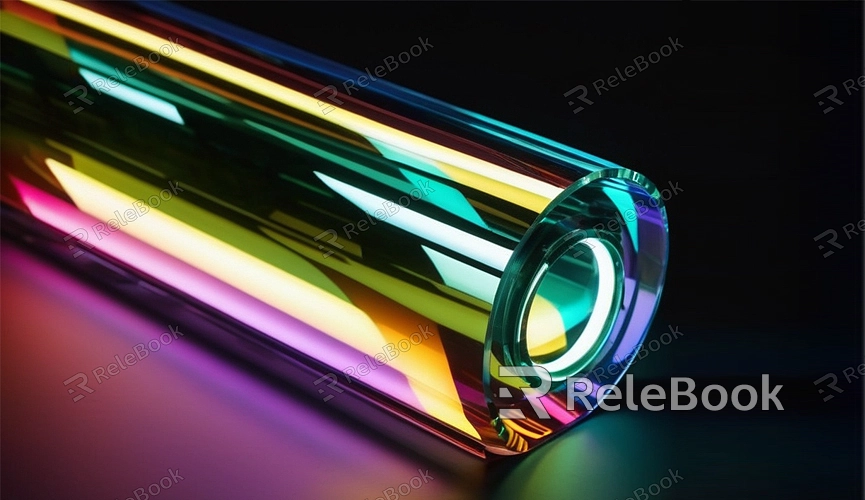Colored Glass Screen Texture in Blender
A colored glass screen is a decorative element commonly found in modern architectural design. In Blender, by using appropriate textures and rendering settings, the appearance of a colored glass screen can be simulated, adding modernity and aesthetic appeal to 3D architectural models.

This 3D texture resource, downloadable from Relebook, can be utilized in Blender as follows:
1. Model Creation: Firstly, create the architectural model in Blender, including the structure and proportions of the screen.
2. Material Application: Apply the colored glass material to the surface of the screen, ensuring correct transparency and color settings.
3. Texture Adjustment: Adjust the texture parameters of the glass according to design requirements, such as color, glossiness, and surface smoothness, to enhance realism.
4. Lighting Setup: Design appropriate light sources and ambient lighting to showcase the transparency and color effects of the glass material.
5. Rendering Effects: Render in Blender to observe the effects of the colored glass screen under different lighting conditions and make adjustments as necessary.
Different parameter adjustments yield different rendering effects. Here are some common rendering applications of this 3D texture in Blender:
1. Commercial Buildings: Enhancing the modernity and attractiveness of commercial buildings' exteriors or lobbies by using colored glass screens as decorative elements.
2. Interior Decoration: In interior design, colored glass screens can be used as partition walls or decorative wall panels to create a modern and stylish indoor atmosphere.
3. Cultural Venues: In cultural venues such as museums, art galleries, etc., using colored glass screens as dividers in exhibition areas to showcase artistic sensibility and creativity.
4. Mall Design: In storefronts or shop decorations in malls, employing colored glass screens as display or partition devices to attract customers' attention.
5. Outdoor Landscapes: In outdoor landscape design such as parks, plazas, etc., setting up colored glass screens as decorative elements to add color and vitality to the scenery.
The effects of using this texture for rendering 3D models include:
1. Modernity and Aesthetics: The application of colored glass screens enhances the modernity and aesthetics of architectural models, increasing the scene's attractiveness.
2. Color Effects and Light Variations: The different colors and lighting effects of glass screens add color layers and dynamics to rendered images.
Simulating colored glass screen effects using glass textures in Blender can add modernity and attractiveness to projects such as commercial buildings, interior decoration, cultural venues, etc. By setting materials and lighting properly, realistic glass effects can be achieved, adding beauty and dynamism to rendered images.If you need high-quality 3D textures, HDRI images, or 3D model downloads, you can conveniently obtain them from Relebook. Once downloaded, you can directly import the textures and 3D models into your project for immediate use.

